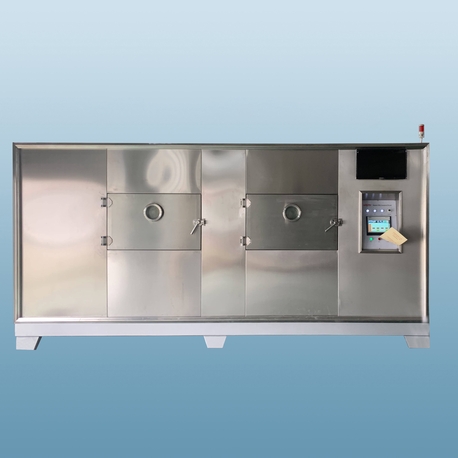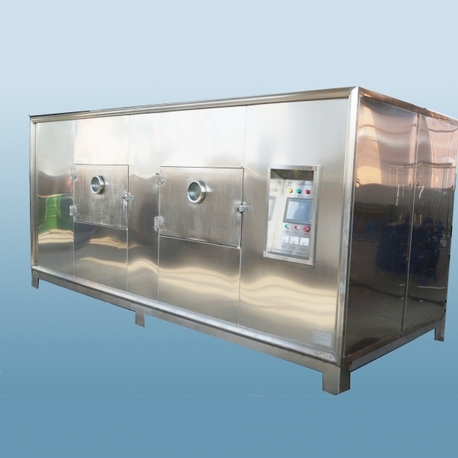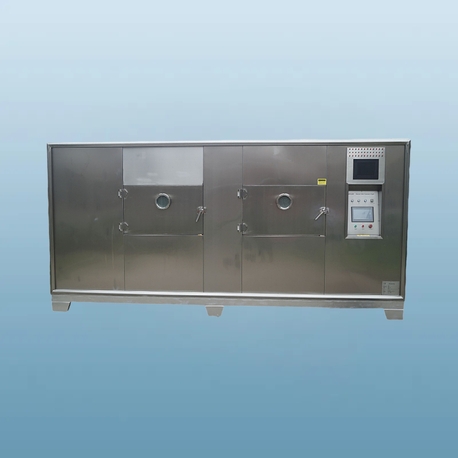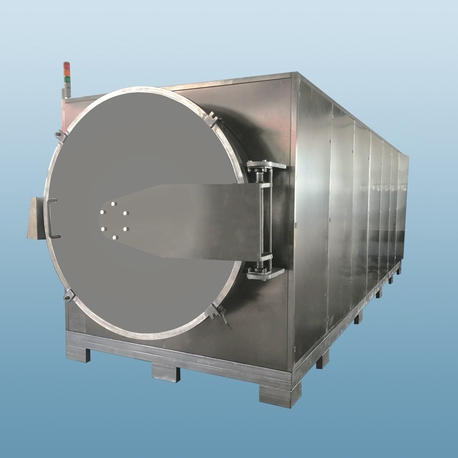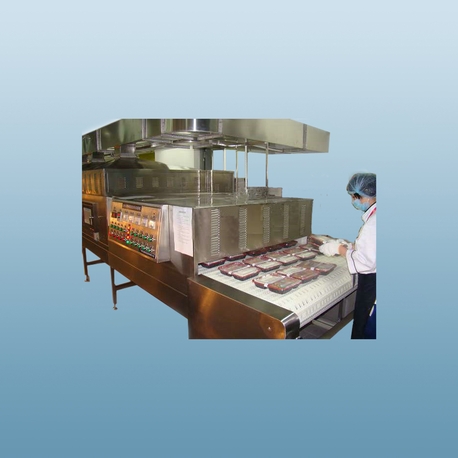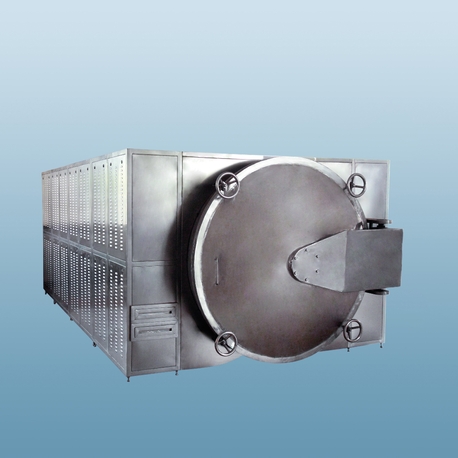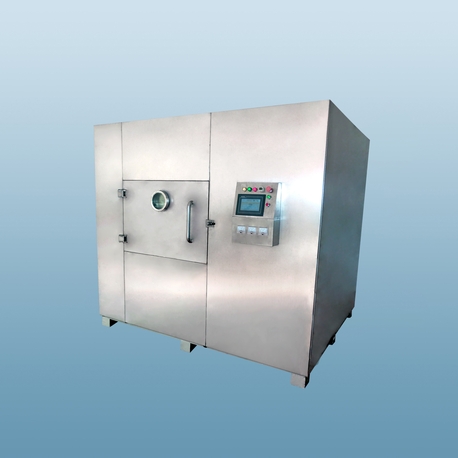Imagine being able to enjoy the taste of summer vegetables all year round, without relying on canned or frozen options that often lose their freshness and nutrients. A vegetable drying machine makes this possible, offering a simple yet powerful way to preserve your harvest. Whether you're a home gardener, a health enthusiast, or someone looking to reduce food waste, this appliance can transform how you handle produce. In this article, we'll dive into the essentials of a vegetable drying machine, covering its benefits, types, usage, maintenance, and more. By the end, you'll understand why this tool is becoming a staple in modern kitchens, helping you save money, eat healthier, and contribute to sustainability.
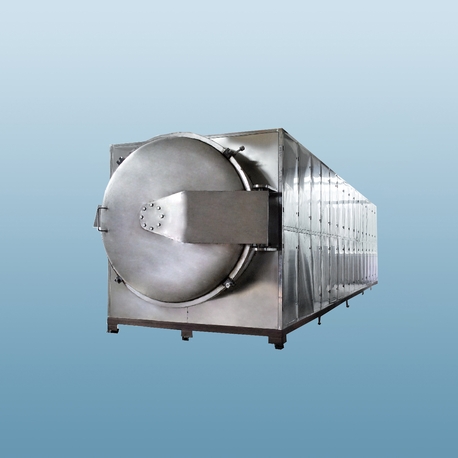
What is a Vegetable Drying Machine?
A vegetable drying machine is a specialized appliance designed to remove moisture from vegetables through controlled airflow and temperature, thereby extending their shelf life while retaining nutritional value. Unlike traditional sun-drying methods, which are weather-dependent and prone to contamination, a vegetable drying machine provides a consistent, hygienic environment for dehydration. These machines typically consist of trays or racks where vegetables are placed, a heating element, and a fan to circulate air. The process involves slowly drying the vegetables at low temperatures, which helps preserve enzymes, vitamins, and minerals that are often lost in canning or freezing. This makes the vegetable drying machine an ideal choice for anyone seeking a reliable food preservation method. From leafy greens like spinach to root vegetables like carrots, a vegetable drying machine can handle a wide variety of produce, ensuring you have access to wholesome, dried foods whenever you need them.
Benefits of Using a Vegetable Drying Machine
Using a vegetable drying machine offers numerous advantages that go beyond simple food preservation. First and foremost, it helps retain up to 90% of the nutrients in vegetables, as the low-temperature drying process minimizes the destruction of heat-sensitive vitamins like Vitamin C and B-complex. This means you're not just storing food; you're locking in health benefits. Additionally, a vegetable drying machine reduces food waste significantly. By drying excess vegetables, you can prevent spoilage and save money on groceries. Economically, investing in a vegetable drying machine can lead to long-term savings, as dried vegetables are lightweight, compact, and easy to store, reducing the need for frequent shopping trips. Environmentally, this appliance supports sustainable living by cutting down on packaging waste and energy consumption compared to commercial processing. Moreover, dried vegetables from a vegetable drying machine are versatile—they can be rehydrated for soups, stews, and snacks, or used directly in trail mixes and spices. This flexibility makes the vegetable drying machine a valuable tool for busy households, promoting a zero-waste lifestyle while enhancing your diet.
Types of Vegetable Drying Machines
When considering a vegetable drying machine, it's important to know the different types available to find the best fit for your needs. Generally, vegetable drying machines fall into several categories based on design and functionality. The most common type is the stackable tray dryer, which features multiple layers of trays that can be expanded or reduced depending on the load. These are popular for home use due to their compact size and affordability. Another type is the cabinet-style vegetable drying machine, which offers larger capacity and often includes digital controls for precise temperature and time settings, making it suitable for bigger families or small-scale commercial use. Then there are solar-powered vegetable drying machines, which harness renewable energy for eco-friendly operation, though they may be slower and dependent on sunlight. Additionally, some advanced models incorporate dehydrator technology with features like timers and adjustable airflow, ensuring even drying across all trays. Each type of vegetable drying machine has its pros and cons; for instance, stackable models are space-efficient but might have limited capacity, while cabinet styles offer more control but at a higher cost. Understanding these variations helps you choose a vegetable drying machine that aligns with your lifestyle, whether you're drying herbs in small batches or preserving large quantities of seasonal produce.
How to Use a Vegetable Drying Machine Effectively
Using a vegetable drying machine is straightforward, but following best practices ensures optimal results. Start by selecting fresh, high-quality vegetables and washing them thoroughly to remove dirt and pesticides. Next, slice the vegetables uniformly—about 1/4 to 1/2 inch thick—to promote even drying. Pre-treatment, such as blanching for certain vegetables like broccoli or carrots, can help preserve color and nutrients. Then, arrange the slices in a single layer on the trays of your vegetable drying machine, ensuring they don't overlap to allow proper air circulation. Set the temperature according to the vegetable type; for example, leafy greens might require lower temperatures (around 95°F to 115°F), while root vegetables can handle higher settings (up to 135°F). Most vegetable drying machines come with guidelines, so refer to the manual for specific recommendations. The drying time can vary from a few hours to over a day, depending on the moisture content and machine model. Periodically check for doneness—the vegetables should be leathery or brittle, with no moisture when bent. Once dried, let them cool before storing in airtight containers away from light and humidity. By mastering these steps, you'll maximize the efficiency of your vegetable drying machine and enjoy high-quality, preserved foods.
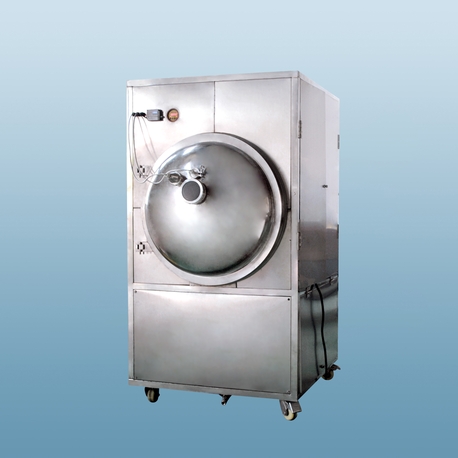
Maintenance and Care for Your Vegetable Drying Machine
Proper maintenance is key to extending the lifespan of your vegetable drying machine and ensuring consistent performance. After each use, unplug the appliance and allow it to cool completely before cleaning. Most vegetable drying machines have removable trays that are dishwasher-safe, but handwashing with warm, soapy water is often recommended to prevent damage. Wipe down the interior and exterior with a damp cloth to remove any residue or dust. For the heating element and fan, avoid using harsh chemicals; instead, use a soft brush to clear any debris that could affect airflow. It's also important to inspect the vegetable drying machine regularly for signs of wear, such as frayed cords or cracked trays, and replace parts as needed. Store the appliance in a dry, cool place when not in use to prevent moisture buildup and mold. Additionally, running the vegetable drying machine empty on a low setting occasionally can help eliminate any odors and maintain hygiene. By following these simple care tips, your vegetable drying machine will remain reliable for years, providing you with a steady supply of dried vegetables without frequent repairs or replacements.
Environmental and Economic Impact of a Vegetable Drying Machine
The environmental and economic benefits of owning a vegetable drying machine are substantial, making it a smart choice for eco-conscious consumers. From an environmental perspective, a vegetable drying machine reduces food waste, which is a major contributor to landfill methane emissions. By preserving surplus vegetables, you minimize your carbon footprint and support sustainable agriculture. Moreover, dried foods require less storage space and transportation energy compared to fresh or frozen alternatives, further lowering your environmental impact. Economically, a vegetable drying machine can lead to significant savings over time. Instead of buying expensive dried goods from stores, you can produce your own at a fraction of the cost. For instance, drying seasonal vegetables when they're cheap and abundant allows you to enjoy them year-round without price fluctuations. This appliance also reduces reliance on processed foods, which often come with added preservatives and packaging, leading to healthier eating habits and lower medical expenses. In the long run, investing in a vegetable drying machine pays off by promoting self-sufficiency and reducing household waste, aligning with both personal finance goals and global sustainability efforts.
Frequently Asked Questions (FAQ)
Q1: What is the average drying time for vegetables in a vegetable drying machine?
A1: The drying time in a vegetable drying machine varies based on factors like vegetable type, thickness, and machine settings. Typically, it ranges from 4 to 12 hours for most vegetables, with leafy greens drying faster and denser vegetables like potatoes taking longer. Always refer to your vegetable drying machine's manual for specific guidelines.
Q2: Can I dry fruits and herbs in a vegetable drying machine?
A2: Yes, a vegetable drying machine is versatile and can be used for fruits, herbs, and even meats. The process is similar, but you may need to adjust temperature and time settings. For instance, fruits often require higher temperatures, while herbs need lower heat to retain flavors.
Q3: How do I clean my vegetable drying machine to prevent bacteria growth?
A3: To clean your vegetable drying machine, unplug it and wash removable trays with warm, soapy water. Wipe the interior and exterior with a damp cloth, and ensure all parts are dry before reassembling. Regular cleaning after each use prevents bacteria and maintains hygiene.
Q4: Is a vegetable drying machine energy-efficient?
A4: Most modern vegetable drying machines are designed to be energy-efficient, consuming less power than ovens or other appliances. They use low temperatures over extended periods, which minimizes electricity usage. Solar-powered models offer even greater efficiency for eco-friendly users.
Q5: What should I do if my vegetable drying machine isn't drying evenly?
A5: If your vegetable drying machine isn't drying evenly, check for overcrowded trays or blocked airflow. Ensure vegetables are sliced uniformly and arranged in a single layer. Rotating trays during the drying process can also help achieve consistent results. If issues persist, consult the manufacturer's troubleshooting guide.
In conclusion, a vegetable drying machine is more than just a kitchen gadget—it's a gateway to healthier eating, cost savings, and environmental stewardship. By understanding its functions, benefits, and care, you can make the most of this appliance and enjoy the rewards of home-dried vegetables.


